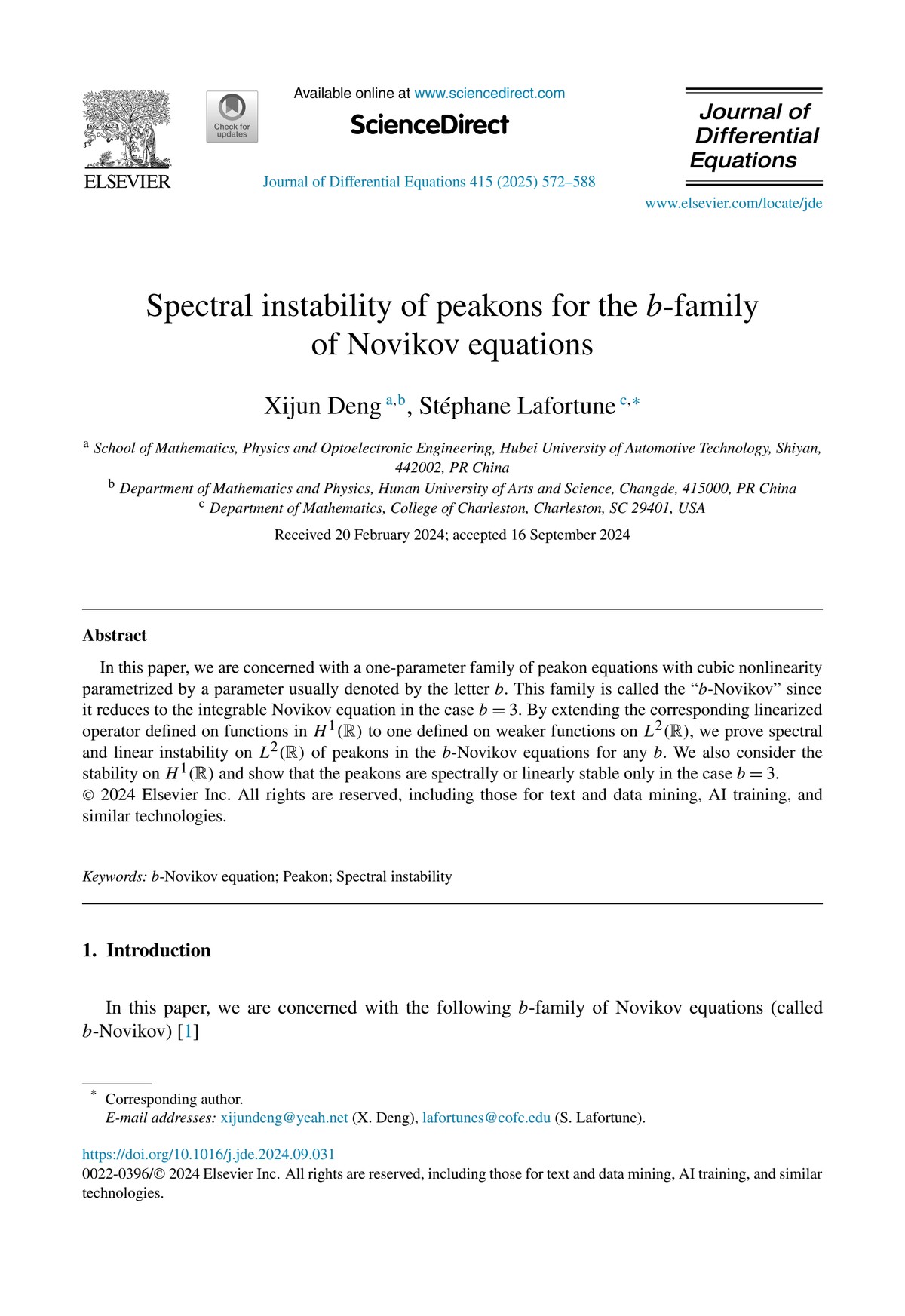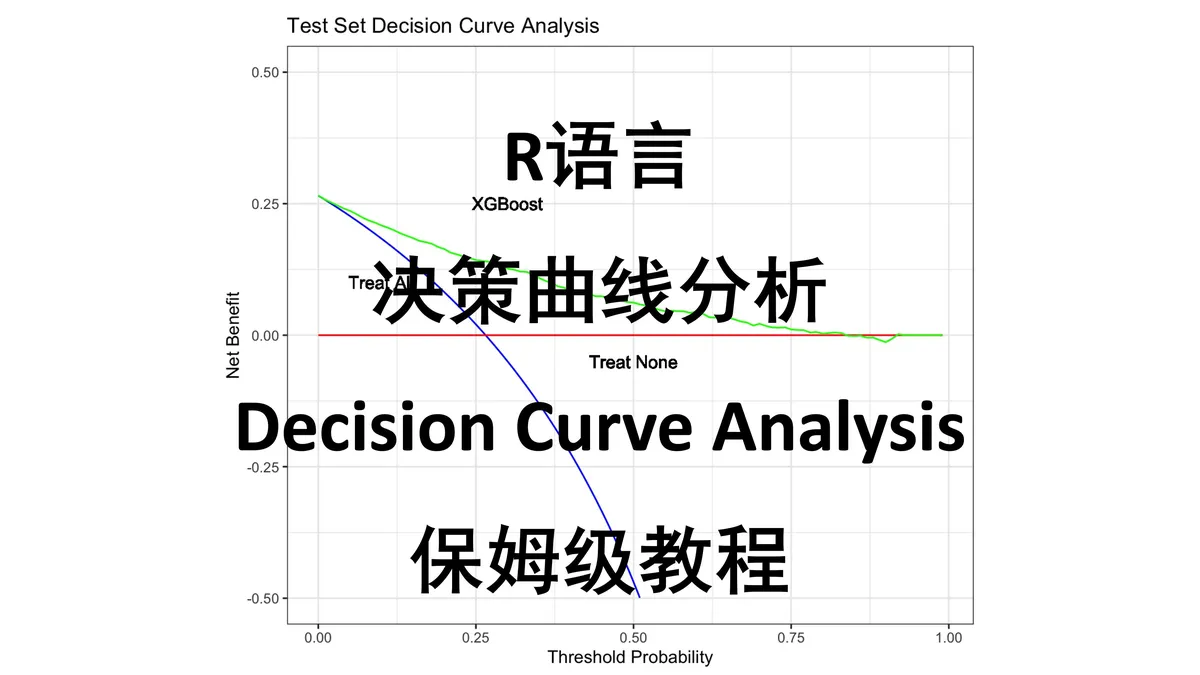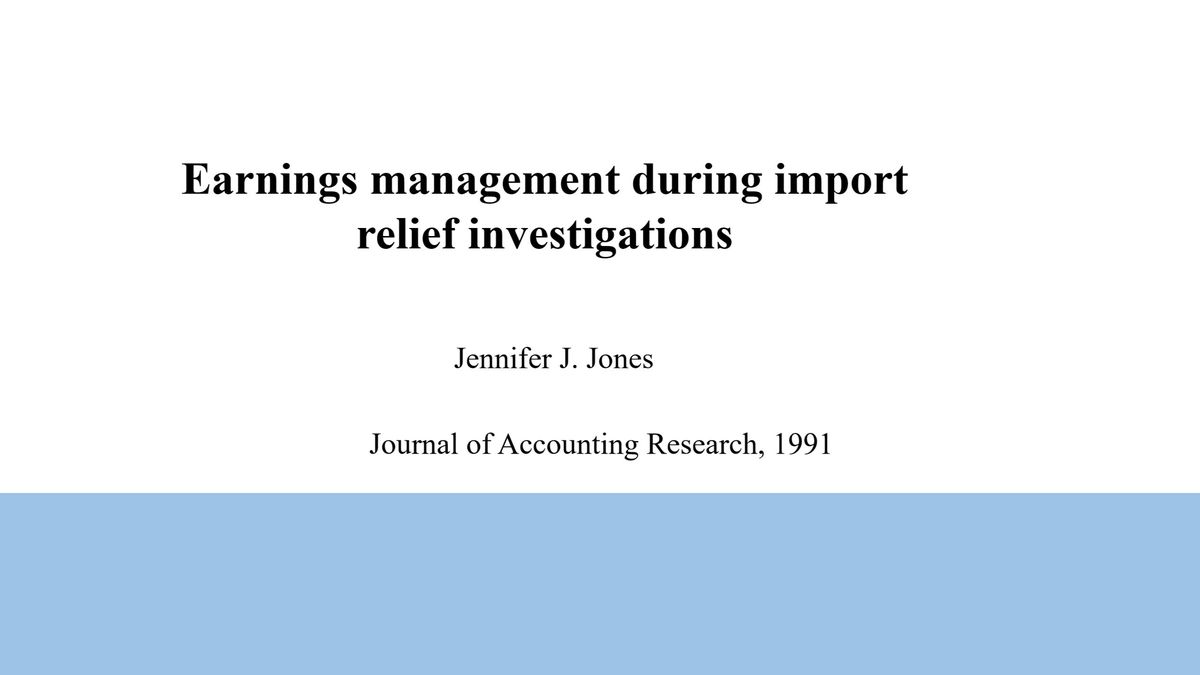==============================================
Introduction
Quantitative analysis has become a cornerstone in fields ranging from finance and economics to healthcare and engineering. Yet while many professionals learn how to perform quantitative analysis, fewer know how to interpret quantitative analysis results effectively. Interpretation is where raw numbers transform into actionable insights. Without it, even the most sophisticated models remain meaningless.
This article provides a comprehensive guide on how to interpret quantitative analysis results, combining academic rigor with real-world applications. We’ll cover essential methods, industry trends, and case studies, while comparing different interpretation strategies. Finally, we’ll provide a structured FAQ to address the most common concerns.
Why Interpreting Quantitative Analysis Matters
Beyond Numbers
Raw outputs like regression coefficients, variance metrics, or risk ratios don’t inherently tell you what actions to take. Interpretation provides the context, helping analysts determine whether results support, reject, or refine hypotheses.
Avoiding Misleading Conclusions
Even accurate computations can lead to misguided strategies if misinterpreted. For example, a correlation coefficient may suggest a strong relationship, but failing to interpret causality correctly can lead to costly mistakes in investment or policy decisions.
Real-World Relevance
Investors, executives, and researchers rely on the interpretation phase to make decisions about:
- Investment allocation
- Risk management
- Policy evaluation
- Market predictions
Core Principles of Interpreting Quantitative Analysis Results
1. Understand the Metrics
Every quantitative analysis involves key metrics—p-values, R-squared, standard deviations, confidence intervals. Understanding their meaning is critical.
- P-values indicate statistical significance, but must be contextualized. A p-value < 0.05 does not always imply practical significance.
- R-squared explains variance in dependent variables, but overfitting can inflate its value.
- Confidence intervals provide a range of plausible outcomes, not absolute certainty.
2. Consider the Data Quality
No interpretation is better than the data behind it. Analysts must ask:
- Were there missing values?
- Was the sample size adequate?
- Was the dataset representative of the real-world phenomenon?
3. Align With Objectives
Interpretation should connect directly to the business, financial, or research question. For example, when evaluating trading models, results must align with whether the strategy improves risk-adjusted returns.
Steps in interpreting quantitative analysis results

Methods of Interpreting Quantitative Analysis Results
Method 1: Statistical Significance Testing
This is the most traditional method, relying on hypothesis testing.
Advantages:
- Provides a clear decision framework (reject or accept hypothesis).
- Widely recognized in academia and industry.
Disadvantages:
- Overemphasis on arbitrary thresholds (e.g., p < 0.05).
- Can mislead if practical significance is ignored.
Method 2: Practical Significance and Effect Size
This approach emphasizes the real-world magnitude of results, not just whether they’re statistically significant.
Advantages:
- Helps in decision-making that has business impact.
- Encourages focusing on meaningful differences.
Disadvantages:
- More subjective—requires judgment to define what is “practically significant.”
Recommendation: A balanced approach combining statistical and practical significance is often most effective.
Interpretation Strategies for Financial Analysts
Portfolio Management Example
A regression model may suggest that market volatility significantly impacts portfolio returns. Interpreting this requires linking the statistical result to a portfolio management strategy—such as adjusting allocations toward lower-beta assets.
For those starting out, exploring quantitative analysis for portfolio management can provide actionable insights for aligning results with investment decisions.
Risk Management Example
VaR (Value at Risk) calculations may indicate that a portfolio could lose $2 million with 95% confidence over the next month. The interpretation here is not only about the number itself, but also how the institution sets capital reserves or applies hedging strategies.
Visualization of quantitative analysis interpretation in finance
Comparing Two Strategies of Interpretation
Strategy A: Model-Centric Interpretation
This approach focuses heavily on the outputs of statistical models—p-values, coefficients, and error terms.
- Pros: Highly rigorous; ensures consistency.
- Cons: Can overlook broader business context.
Strategy B: Decision-Centric Interpretation
This emphasizes how results affect decisions, regardless of whether models meet every statistical threshold.
- Pros: More practical and actionable.
- Cons: Risks ignoring methodological weaknesses.
Best Approach: Combine both. Begin with model-centric accuracy checks, then contextualize with decision-centric reasoning.

Industry Trends in Quantitative Interpretation
- Integration with AI and Machine Learning: Beyond statistical outputs, interpretation now requires understanding model transparency, feature importance, and explainability.
- Visualization Tools: Dashboards and interactive charts are being used to interpret and communicate results effectively.
- Data Democratization: Non-technical stakeholders increasingly demand simplified interpretations they can act upon.
For newcomers, resources like where to find quantitative analysis tutorials can be valuable for learning both computation and interpretation skills.
Case Study: Interpreting Results in Investment Research
A hedge fund conducted a factor analysis on equity returns. The statistical output showed that the momentum factor had a significant positive coefficient. However, deeper interpretation revealed:
- The effect was time-sensitive, disappearing in bear markets.
- Transaction costs eroded much of the statistical gains.
By integrating statistical rigor with practical interpretation, the fund avoided over-committing to a flawed strategy.
Quantitative results interpretation framework
FAQ
1. What is the biggest mistake analysts make when interpreting quantitative analysis results?
The most common mistake is confusing statistical significance with practical importance. For example, finding that two stocks have returns correlated at 0.1 with a p-value < 0.01 may be statistically significant, but the relationship is too weak to guide investment decisions.
2. How do I explain quantitative results to non-technical stakeholders?
Use visualizations, analogies, and simplified metrics. For example, instead of citing regression coefficients, explain in terms of “a 1% change in inflation tends to reduce bond returns by 0.2%.”
3. Can machine learning models be interpreted the same way as traditional statistics?
Not exactly. Machine learning models often require model explainability techniques like SHAP values or feature importance analysis, since coefficients or p-values may not be available. The focus shifts from “statistical inference” to “predictive power and interpretability.”

Conclusion
Learning how to interpret quantitative analysis results is as important as running the analysis itself. Whether you are a financial analyst, market researcher, or data scientist, interpretation transforms raw numbers into decisions that drive outcomes.
The most effective strategy combines model-centric rigor with decision-centric context, ensuring both statistical validity and real-world impact.
As the world of finance and data science becomes increasingly complex, mastering interpretation skills will be the defining factor separating competent analysts from industry leaders.
Decision-making driven by quantitative analysis interpretation
If you found this article helpful, share it with your colleagues or leave a comment below with your own experiences in interpreting quantitative results. Let’s build a community that values clarity, precision, and actionable insights in data-driven decision-making.

0 Comments
Leave a Comment